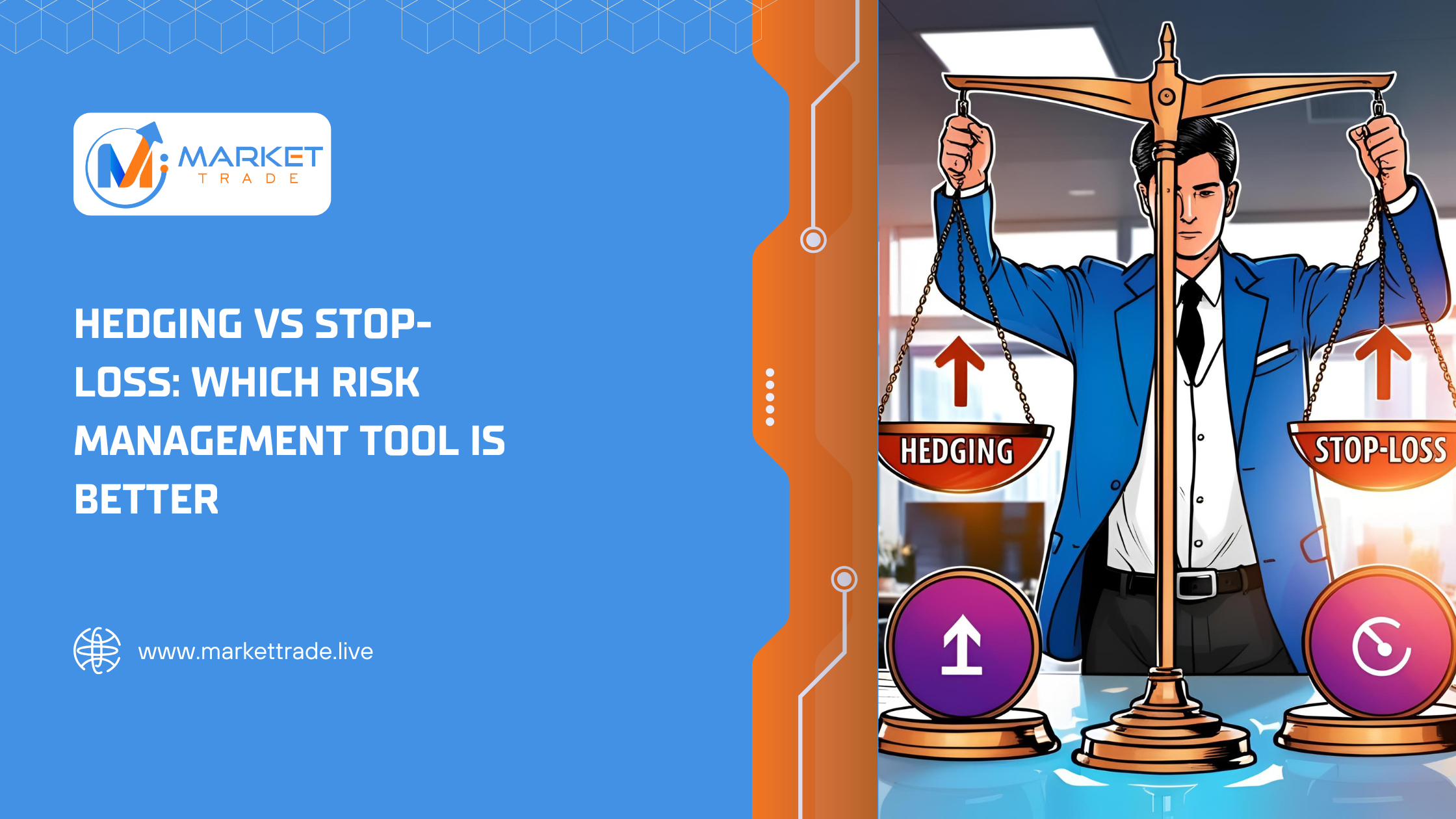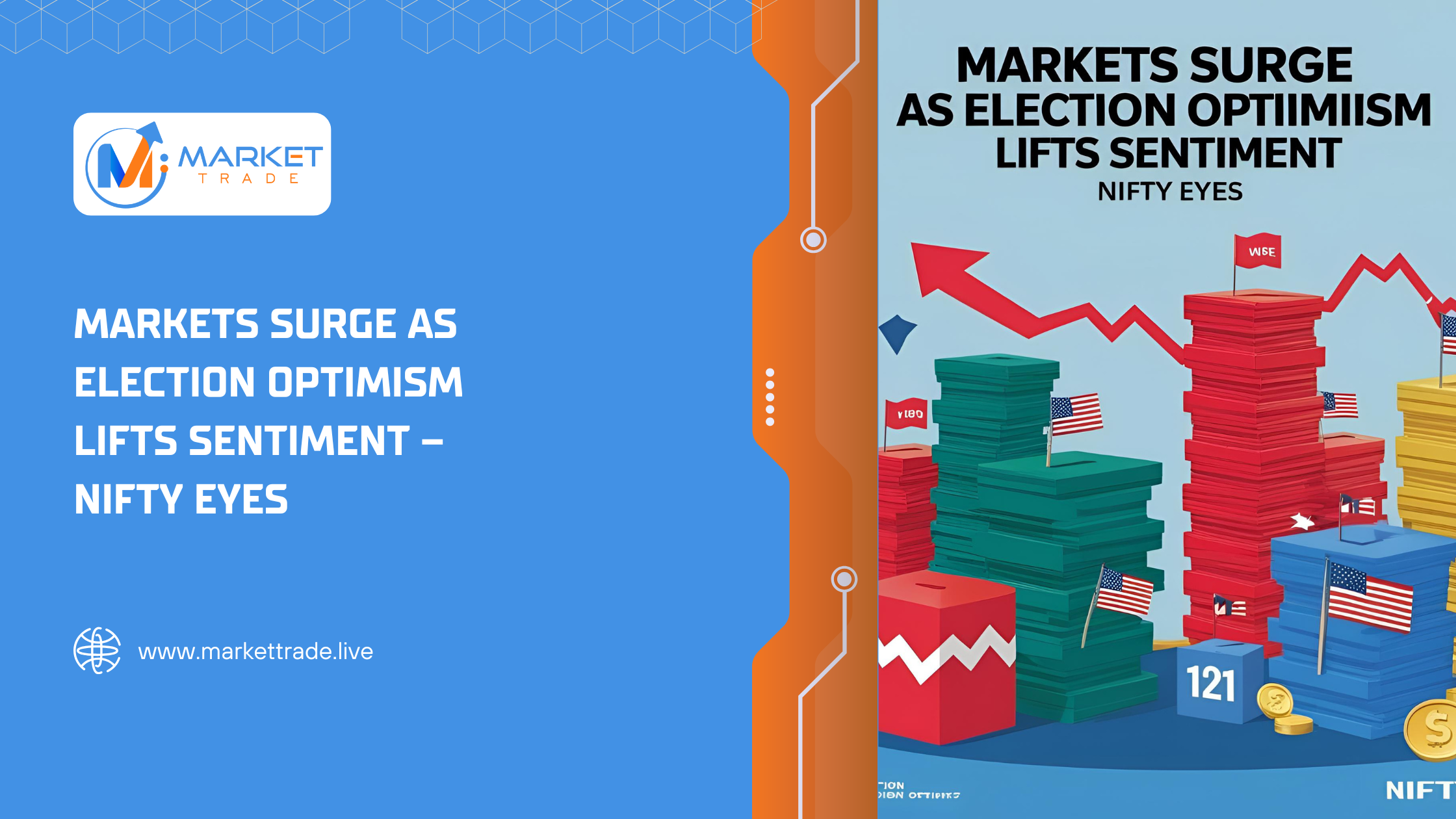
You’ve placed a trade. The market starts moving… but not in your favor.Now what? Do you cut your loss using a stop-loss order?Or do you hedge your position and try to balance the risk? For beginners and even experienced traders, choosing between hedging and stop-loss can feel confusing. Both are powerful trading risk management tools — but they work differently, and each fits different situations. In this blog, we’ll break down what they are, how they differ, and when to use each, so you can protect your trades smartly and confidently. What is a Stop-Loss? A stop-loss is a pre-set order to exit your trade automatically when the price hits a certain level — to limit your losses. Example:You buy Reliance at ₹2,800 and place a stop-loss at ₹2,750.If the price drops to ₹2,750, your trade closes automatically, and you avoid deeper losses. Simple. Quick. But once it triggers, you’re out of the market. What is Hedging? Hedging means opening a second, opposite position (like a sell or options trade) to reduce potential loss from your original trade. Example:You own 100 shares of Infosys. The market looks weak, but you don’t want to sell.So you buy a Put Option or short Nifty futures.If Infosys drops, your hedge makes money — balancing the loss. You’re still in the trade, but now protected from one-sided risk. Key Differences: Stop-Loss vs Hedging Stop-Loss Exits your trade Very easy to use Free (no additional cost) Removes you completely from the market Best for short-term and volatile moves Hedging Balances risk without closing your trade Requires planning and timing May involve cost (like option premium) Keeps you in the trade Best for long-term positions and overnight exposure Pros and Cons Stop-Loss – Pros Easy to set Ideal for beginners Effective in fast-moving markets Stop-Loss – Cons May exit too early No protection against gap-downs Misses future recovery potential Hedging – Pros Reduces risk while staying in the trade Suitable for large or long-term holdings Allows flexibility during uncertainty Hedging – Cons More complex May require additional capital or margin Involves cost (e.g., options premium) Which is Better? If you’re a short-term trader: Use stop-loss for quick, clean exits. If you’re a long-term investor: Use hedging to ride out volatility without selling. If you’re trading in volatile markets: Consider using both for extra protection. If you’re holding overnight/weekend positions: Stop-loss might not help in sudden gaps, so hedging is safer. Pro Tip: Many traders use both — a hedge for broad market protection and a stop-loss for emergency risk control. Final Thoughts Hedging and stop-loss aren’t enemies — they’re complementary tools.The best traders know how and when to use each. Use stop-loss for simple, fast risk control.Use hedging to protect longer-term trades without missing out on future gains.Use both if you want layered protection in unpredictable markets. Because in trading, success isn’t just about profit — it’s about protecting your capital at every step.



